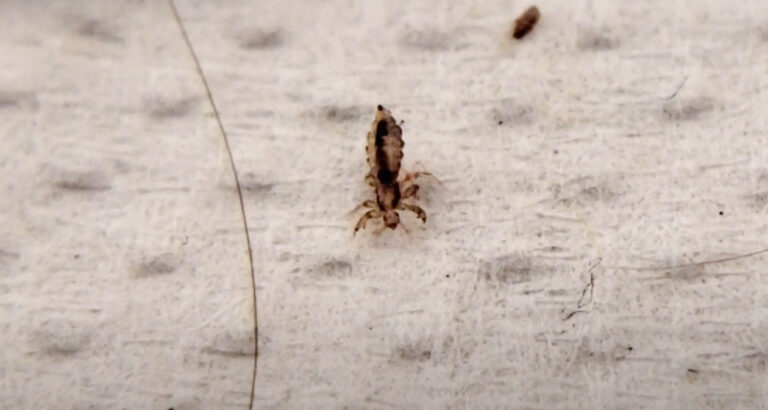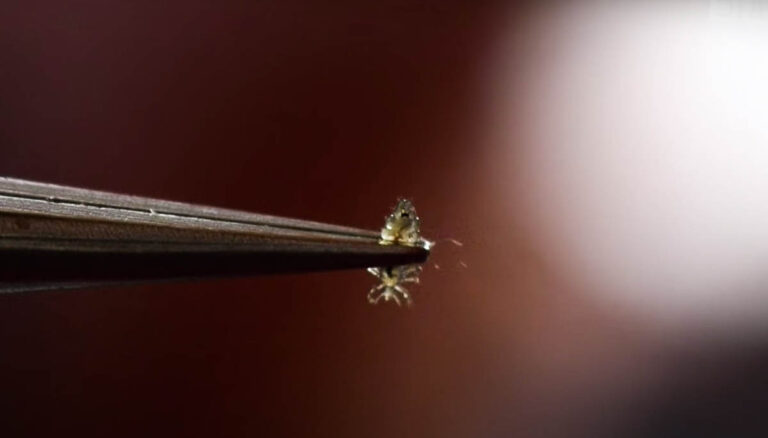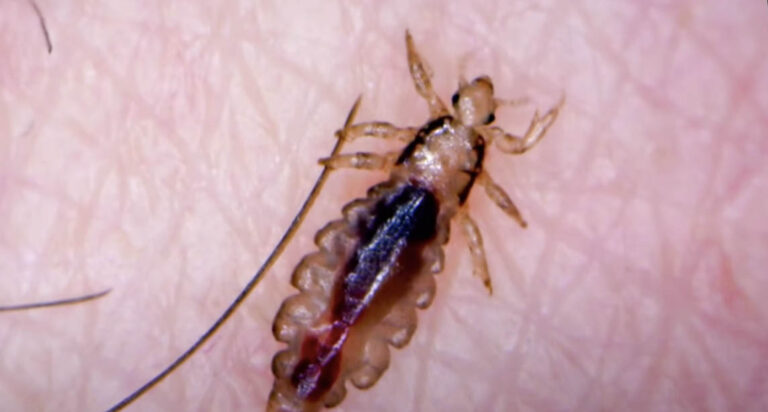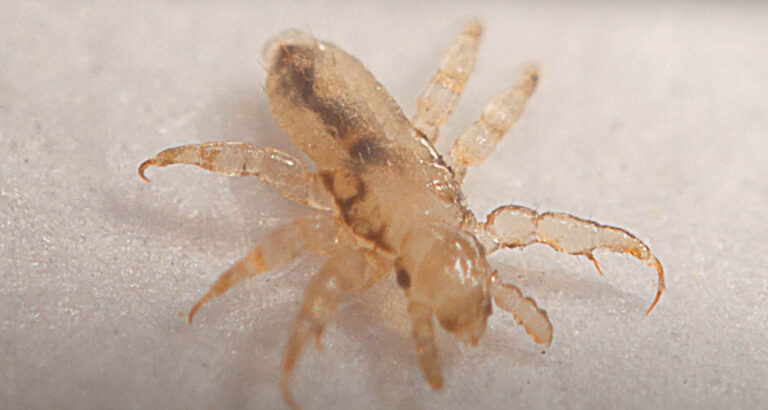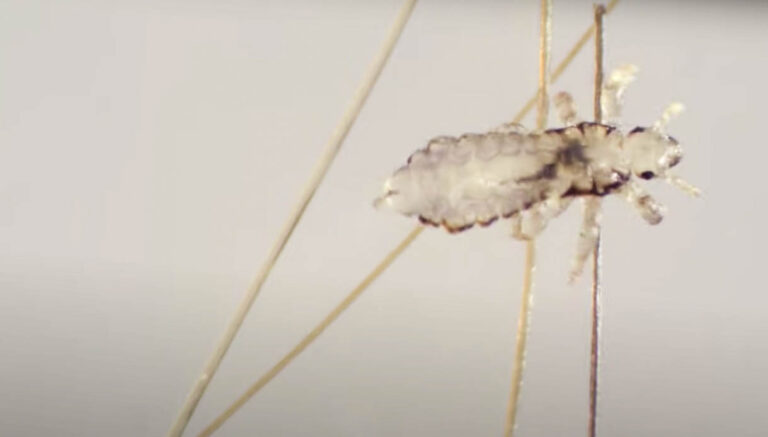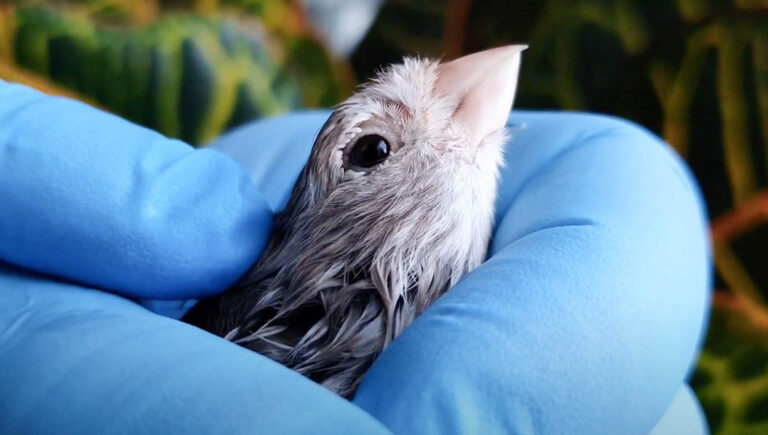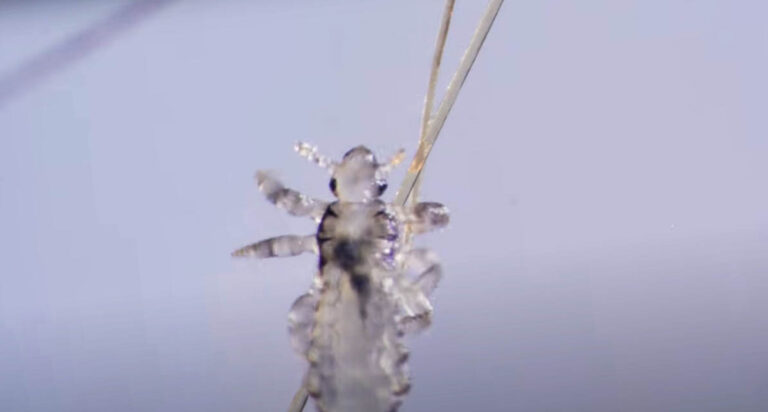How to inspect for lice?
How to inspect for lice?
Getting infested with lice can turn into a bothersome issue once they start to spread out more. Although they don’t necessarily try to cause physical harm to the host, they could potentially cause this still due to the irritation brought by their bites and methods of feeding. In humans, there are three types of lice namely: head lice, body lice, and pubic or crab lice. They are commonly caught only when there is direct contact with an infected person since lice only have the ability to crawl. This means unless there is direct contact, an individual is less likely to get infested with them.
Common Symptoms to Identify a Lice Infestation
With the size and color of lice, they won’t always be completely visible to the naked eye. This makes it hard to detect them especially when they are only starting to spread. In some instances, you might be disregarding little symptoms that indicate you may have lice. However, it’s important to keep out for the following symptoms to know whether you are possibly infected or not.
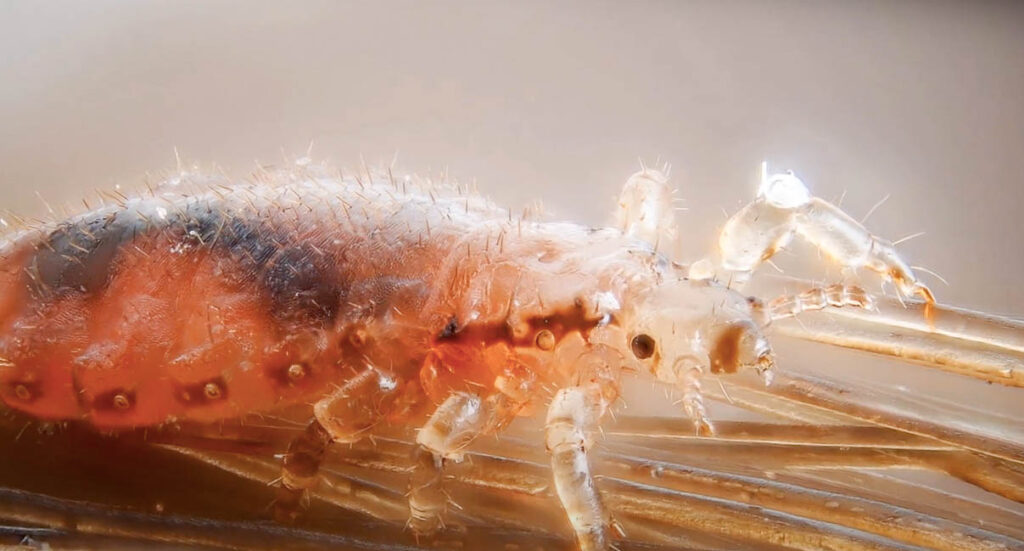
Itchiness
The most common symptom is itchiness. This can be easily overlooked because an itchy feeling can come from anything out of the blue. But take note of how frequently this occurs. If it seems to be persistent itchiness in the same area, it may possibly confirm the presence of lice.
Feeling of movement
With a lice infestation, especially when they are at the stage where they are adults, you may be able to feel small light movements on your skin. That could give you the idea that there may be little critters walking around -which is alarming particularly when it is accompanied by itchiness.
Feeling of movement
This is likely to come from the persistent feeling of itchiness in the same spot. It’s possible that the skin begins to get irritated either due to the harsh scratching or constant biting caused by an adult louse. This can potentially worsen the longer the lice remain and therefore cause you to have red bumps either on your head, neck, shoulders, or pubic area.
Appearance of small oval-like objects
While nits aren’t the most visible at first glance, it’s enough to tell you that lice are present when eggs are found. You might be able to spot them or feel for them yourself. These feel exactly like they look. Because of their size, they look and sometimes feel like they are knots on a thread.
Different Ways to Check for Lice
If you want to be sure about a lice infestation, other than identifying if the symptoms are present, consider doing the following:
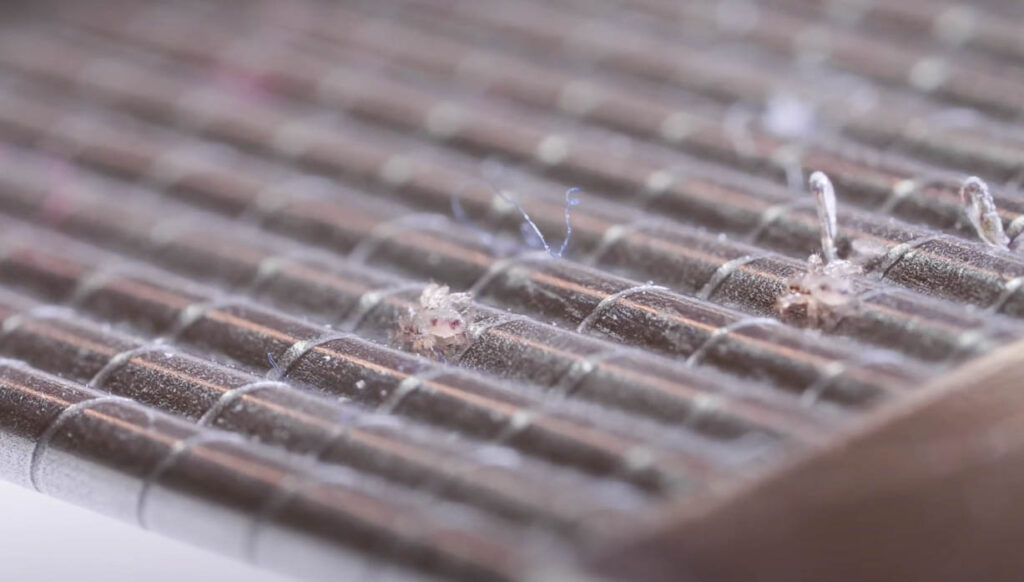
Use a lice comb
For head lice, there is a comb made specifically for removing them from the hair. When opting to use one, a tip is to make sure the hair is wet to slow them down since they have trouble moving quickly in water. Glide the comb in different areas of the head, checking each time you comb to see if any nits or louse are caught in between.
Thoroughly look through the hair, body, or pubic area
A simple way to inspect for lice is by shining bright light onto the area where you suspect there may be lice and searching thoroughly for any little nits or crawlers. This method isn’t going to be quick, but it is an easy way to know whether they are present or not. When doing this, it’s important to search as thoroughly as you can without missing a single spot.
Get checked by a professional
Visiting a professional is also an option for those who are having trouble inspecting for lice. Doctors use a special light to make the nits more visible, therefore allowing you to know whether they truly are present.

